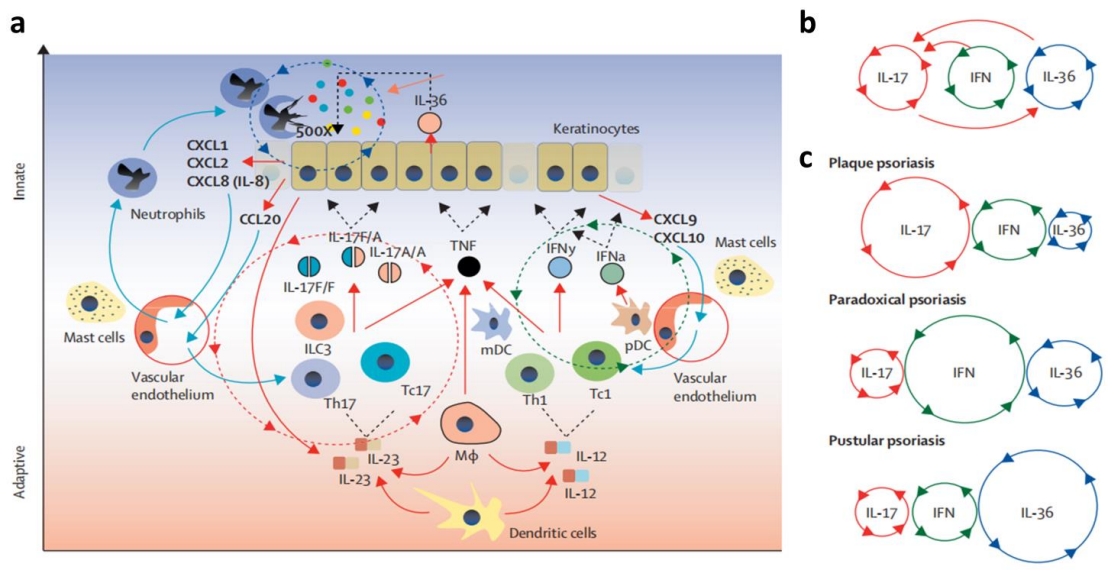
Asia Pacific Academy of Science Pte. Ltd. (APACSCI) specializes in international journal publishing. APACSCI adopts the open access publishing model and provides an important communication bridge for academic groups whose interest fields include engineering, technology, medicine, computer, mathematics, agriculture and forestry, and environment.

DETECTION AND QUANTIFICATION OF OUTER MEMBRANE VESICLES (OMVS) PRODUCED BY HELICOBACTER PYLORI IN THE PLANKTONIC AND BIOFILMPHENOTYPES
Vol 32, Issue 4S1, 2018
Abstract
Helicobacter pylori (Hp) is a microorganism capable of adapting itself in both the human hostand natural environment. Hp persistence and resistance may be associated to both its broad geneticvariability as well as its capability of developing a biofilm. Outer Membrane Vesicles (OMVs) associatedwith extracellular DNA (eDNA) are a component of the Hp biofilm. OMVs are involved in severalmechanisms such as pathogenesis, biofilm formation, cell-cell communication, bacterial-host interactionsand nutrient supply. OMVs are able to spread and transport virulence factors into the host. The aim ofthis study was to detect and quantify the OMVs secreted from Hp ATCC 43629 and Hp NCTC 11637in the biofilm (bOMVs) and planktonic (pOMVs) phenotypes as well as being able to detect the eDNAOMVsassociation with the use of Flow Cytometry.
References
Supporting Agencies
Copyright (c) 2018 P. LANUTI, V. PUCA, M.C. DI MARCANTONIO, G. BOLOGNA, R. MURARO, B. BADODI, R. GRANDE, G. MINCIONE

This site is licensed under a Creative Commons Attribution 4.0 International License (CC BY 4.0).

Medical Genetics, University of Torino Medical School, Italy

Department of Biomedical, Surgical and Dental Sciences, University of Milan, Italy

